Home>Home Appliances>Home Automation Appliances>How Does A Programmable Thermostat Work
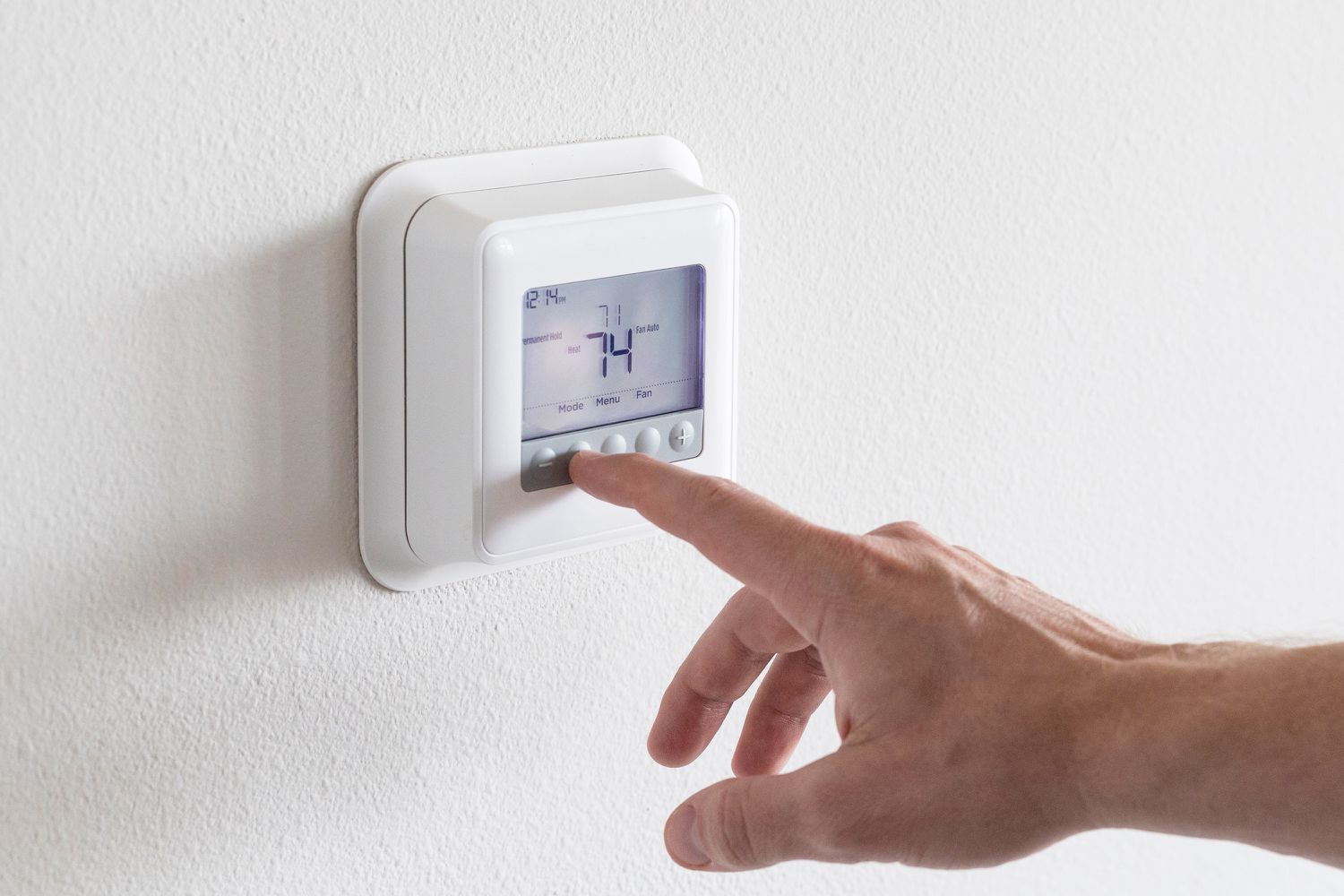

Home Automation Appliances
How Does A Programmable Thermostat Work
Modified: January 4, 2024
Discover the inner workings of a programmable thermostat and its role in home automation appliances. Learn how it optimizes energy usage and enhances comfort. Gain insights into the benefits of this smart technology.
(Many of the links in this article redirect to a specific reviewed product. Your purchase of these products through affiliate links helps to generate commission for Storables.com, at no extra cost. Learn more)
Introduction
Welcome to the world of home automation, where comfort and convenience intersect seamlessly. Within this realm, programmable thermostats stand as a testament to the marriage of technology and energy efficiency. As we delve into the inner workings of these innovative devices, you will gain a deeper understanding of how they can transform your living space into a haven of comfort and cost-effectiveness.
At the core of every home, a thermostat quietly governs the temperature, ensuring that the environment remains conducive to relaxation and productivity. In the past, traditional thermostats dutifully maintained a set temperature, often leading to energy wastage when occupants were away or asleep. However, the advent of programmable thermostats has revolutionized this landscape, offering a dynamic and intelligent approach to climate control.
Join us on a journey through the fundamentals of thermostats, the emergence of programmable variants, and the intricate mechanisms that enable them to adapt to your lifestyle seamlessly. By the end of this exploration, you will be equipped with the knowledge to harness the full potential of programmable thermostats, optimizing both comfort and energy consumption within your home.
Key Takeaways:
- Programmable thermostats offer personalized comfort and energy savings by allowing users to create custom temperature schedules that align with their daily routines.
- By optimizing energy consumption and reducing utility costs, programmable thermostats play a pivotal role in fostering a greener, more energy-conscious future while seamlessly integrating with everyday comfort.
Read more: How Does Wireless Thermostat Work
Basics of Thermostats
Thermostats serve as the nerve center of a home’s heating, ventilation, and air conditioning (HVAC) system, regulating the indoor temperature to maintain a comfortable environment. Traditional thermostats operate using a simple mechanism, relying on a temperature sensor to detect the current ambient temperature. When the temperature deviates from the preset level, the thermostat triggers the HVAC system to either heat or cool the space until the desired temperature is reached.
These conventional thermostats typically feature a dial or digital interface for adjusting the temperature settings. While effective in their basic function, they lack the flexibility and intelligence found in programmable thermostats. In contrast, programmable thermostats offer a range of advanced features and settings, providing homeowners with greater control over their HVAC systems and energy usage.
Understanding the basics of thermostat operation is crucial for appreciating the advancements introduced by programmable models. By comprehending the foundational role of thermostats in climate control, homeowners can make informed decisions when upgrading to more sophisticated and efficient alternatives.
Programmable Thermostats
Programmable thermostats represent a significant evolution in home climate control technology. Unlike their traditional counterparts, these devices offer a range of customizable settings that empower users to create heating and cooling schedules tailored to their lifestyle and preferences. By allowing precise programming of temperature adjustments throughout the day, programmable thermostats enable homeowners to optimize energy consumption without sacrificing comfort.
One of the key features of programmable thermostats is their ability to accommodate multiple daily schedules, making them ideal for individuals with fluctuating routines. Whether you prefer a cooler environment during the night for better sleep or wish to conserve energy while you’re away at work, programmable thermostats can be configured to adapt to your specific needs.
Moreover, the interface of programmable thermostats is designed for user-friendly interaction, often incorporating intuitive controls and clear displays to simplify the programming process. This accessibility ensures that homeowners can effortlessly create and adjust temperature schedules according to their evolving requirements.
By embracing programmable thermostats, homeowners can take proactive steps toward energy conservation and cost efficiency, all while enjoying a consistently comfortable indoor environment. The next section will delve into the intricate workings of these innovative devices, shedding light on the mechanisms that enable them to operate with such precision and adaptability.
A programmable thermostat works by allowing you to set different temperature schedules for different times of the day, helping you save energy and money by automatically adjusting the temperature in your home.
How Programmable Thermostats Work
Programmable thermostats operate on the principle of pre-set temperature schedules, allowing users to define specific climate control parameters for various times of the day and week. This functionality is made possible through the integration of advanced programming capabilities and temperature sensors, which work in tandem to regulate the HVAC system based on the user-defined settings.
Upon installation, homeowners can program the thermostat to adjust the temperature according to their daily routines. For instance, if you typically leave for work in the morning, the thermostat can be set to reduce the heating or cooling output during your absence, thereby conserving energy. Similarly, the device can be programmed to resume the desired temperature before your anticipated return, ensuring a comfortable environment upon arrival.
Programmable thermostats often offer different modes, such as “home,” “away,” and “sleep,” each of which can be customized to align with your lifestyle. These modes enable seamless transitions between temperature settings based on your daily activities, eliminating the need for manual adjustments throughout the day.
Furthermore, some programmable thermostats feature adaptive learning capabilities, where the device observes and adapts to your temperature preferences over time. This intuitive functionality enhances user comfort by anticipating and accommodating individual temperature patterns without the need for constant manual input.
By leveraging these advanced features, programmable thermostats empower homeowners to optimize energy usage, reduce utility costs, and minimize environmental impact without compromising on comfort. The next section will highlight the numerous benefits that programmable thermostats offer, further underscoring their value in modern home automation.
Benefits of Programmable Thermostats
Programmable thermostats offer a multitude of benefits that extend beyond mere convenience, encompassing energy efficiency, cost savings, and environmental impact. By harnessing the advanced capabilities of these devices, homeowners can experience a host of advantages that enhance both their comfort and financial well-being.
- Energy Efficiency: One of the primary benefits of programmable thermostats is their ability to optimize energy consumption. By tailoring temperature schedules to align with daily routines, these devices prevent unnecessary heating or cooling when the home is unoccupied, resulting in reduced energy waste.
- Cost Savings: The energy efficiency achieved through programmable thermostats translates into tangible cost savings on utility bills. By minimizing the use of HVAC systems during periods of inactivity, homeowners can significantly lower their heating and cooling expenses without compromising comfort.
- Environmental Impact: Reduced energy consumption not only benefits homeowners financially but also contributes to environmental conservation. Programmable thermostats play a role in lowering carbon emissions by promoting responsible energy usage, aligning with sustainable practices and environmental stewardship.
- Customized Comfort: With the ability to program specific temperature settings for different times of the day, programmable thermostats enable personalized comfort tailored to individual preferences. Whether it’s maintaining a cozy temperature during leisure hours or conserving energy while sleeping, these devices cater to diverse comfort needs.
- Convenience and Control: The intuitive programming interfaces of programmable thermostats offer homeowners a high level of control over their indoor environment. With the flexibility to create custom schedules and adjust settings remotely in some models, users can effortlessly manage their home’s climate according to their evolving needs.
By embracing the benefits of programmable thermostats, homeowners can elevate their living experience while contributing to a more sustainable and energy-efficient future. The seamless integration of advanced technology and thoughtful design in these devices underscores their pivotal role in modern home automation and energy management.
Read more: How Does A Smart Thermostat Work
Conclusion
In the realm of home automation, programmable thermostats emerge as indispensable assets, offering a harmonious blend of comfort, efficiency, and environmental responsibility. By revolutionizing the conventional approach to climate control, these innovative devices empower homeowners to curate personalized temperature schedules that align with their lifestyles, all while optimizing energy consumption and reducing utility costs.
As we’ve explored the intricacies of programmable thermostats, it becomes evident that their impact transcends mere convenience, extending to tangible benefits such as energy efficiency, cost savings, and environmental conservation. Through intuitive interfaces and advanced programming capabilities, these devices encapsulate the essence of modern living, where technology seamlessly integrates with everyday comfort and sustainability.
By embracing programmable thermostats, homeowners not only elevate their living experience through customized climate control but also play a proactive role in fostering a greener, more energy-conscious future. The seamless fusion of advanced technology and thoughtful design in these devices underscores their pivotal role in modern home automation and energy management.
As we continue to witness advancements in home automation, programmable thermostats stand as a testament to the transformative potential of intelligent climate control. By understanding and harnessing their capabilities, homeowners can embark on a journey toward a more efficient, comfortable, and environmentally conscious living space, where every degree of adjustment reflects a step toward a sustainable future.
Frequently Asked Questions about How Does A Programmable Thermostat Work
Was this page helpful?
At Storables.com, we guarantee accurate and reliable information. Our content, validated by Expert Board Contributors, is crafted following stringent Editorial Policies. We're committed to providing you with well-researched, expert-backed insights for all your informational needs.
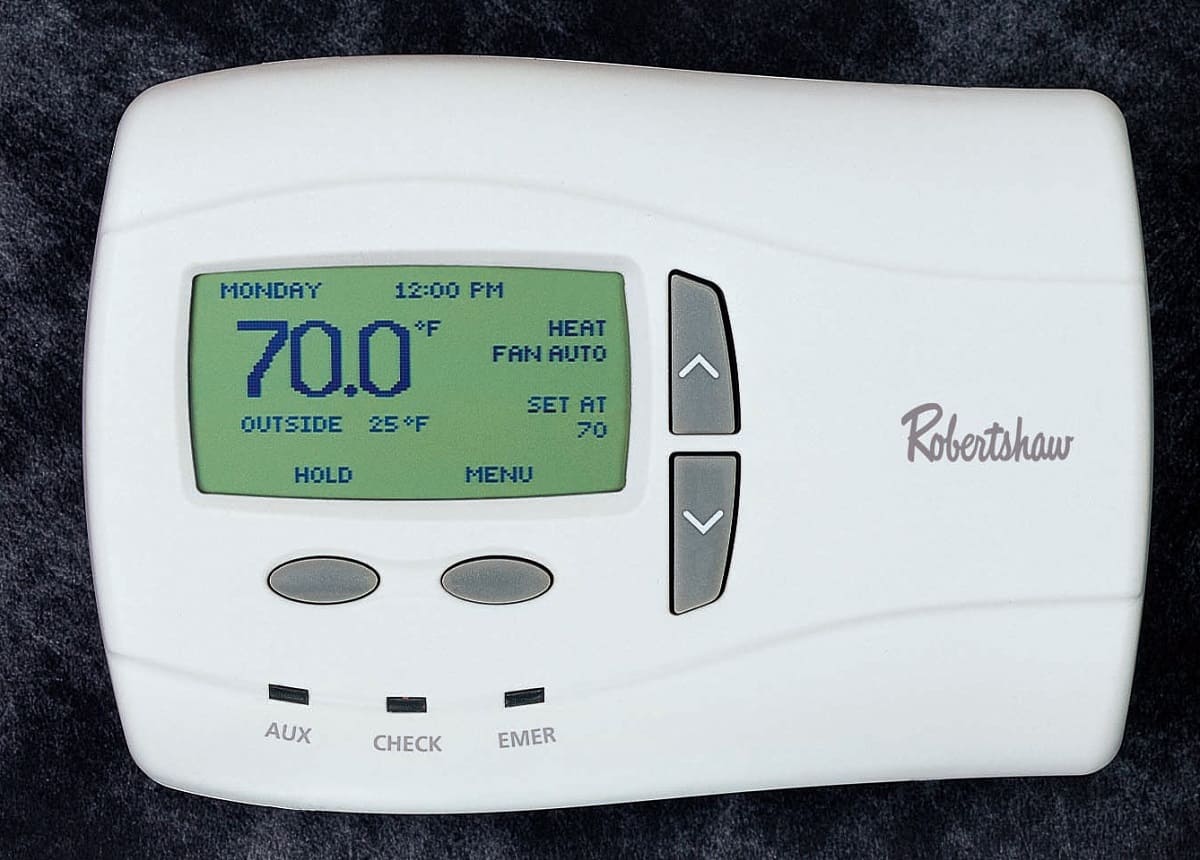
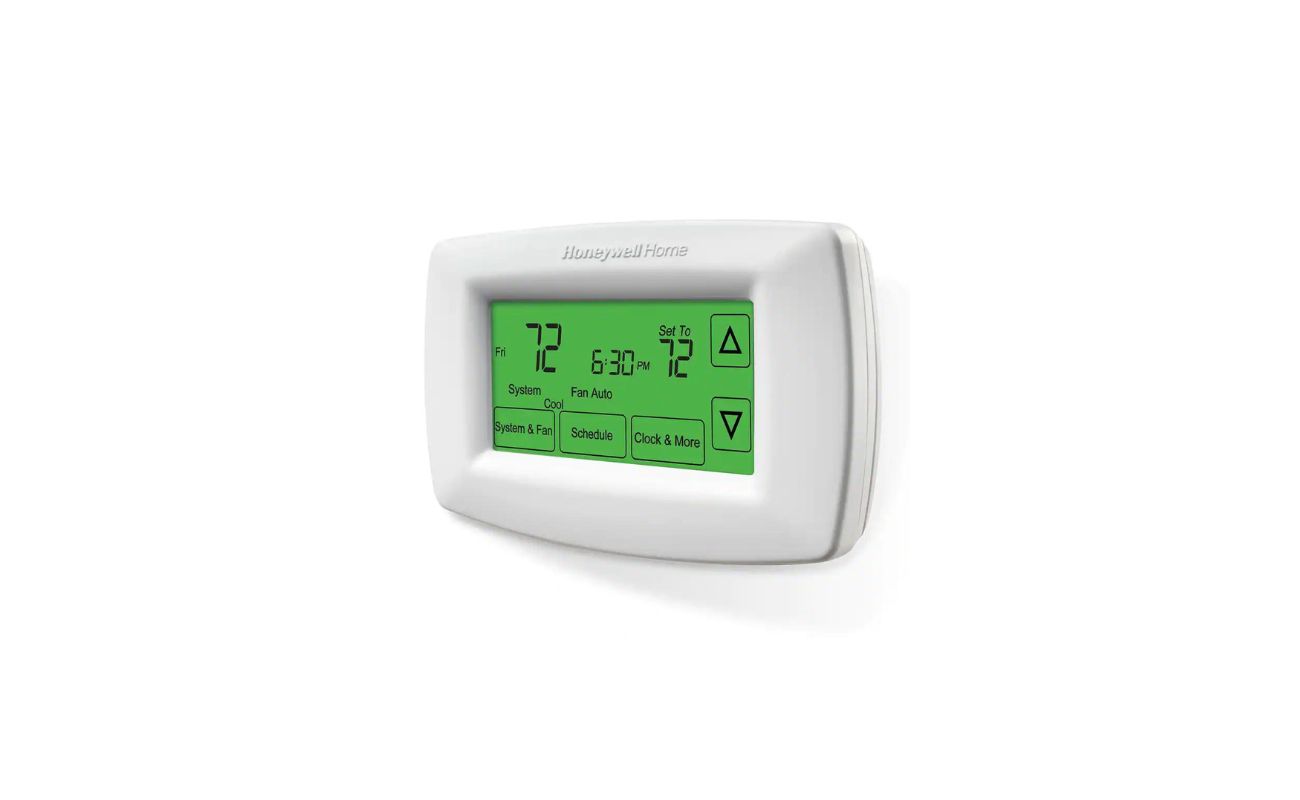
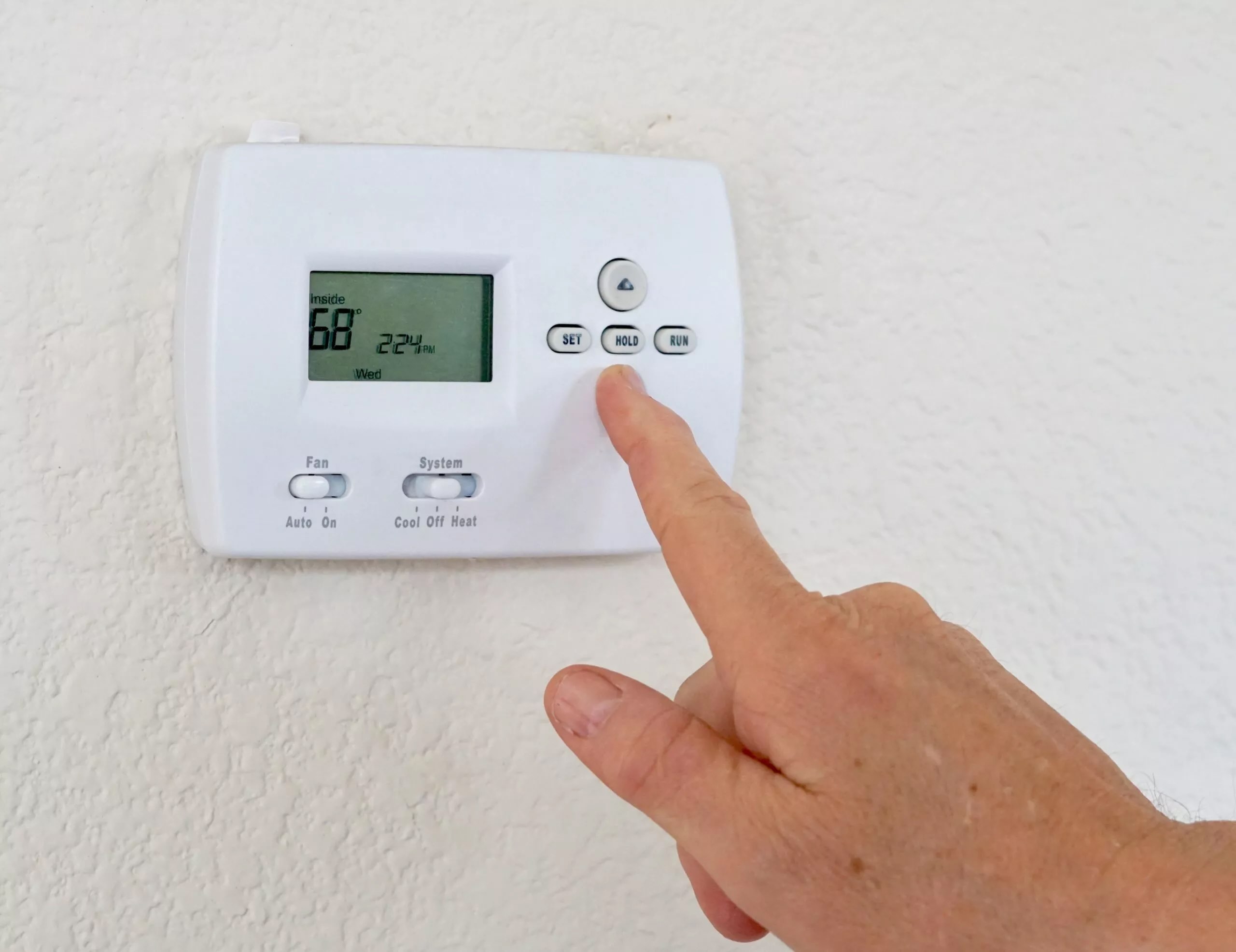
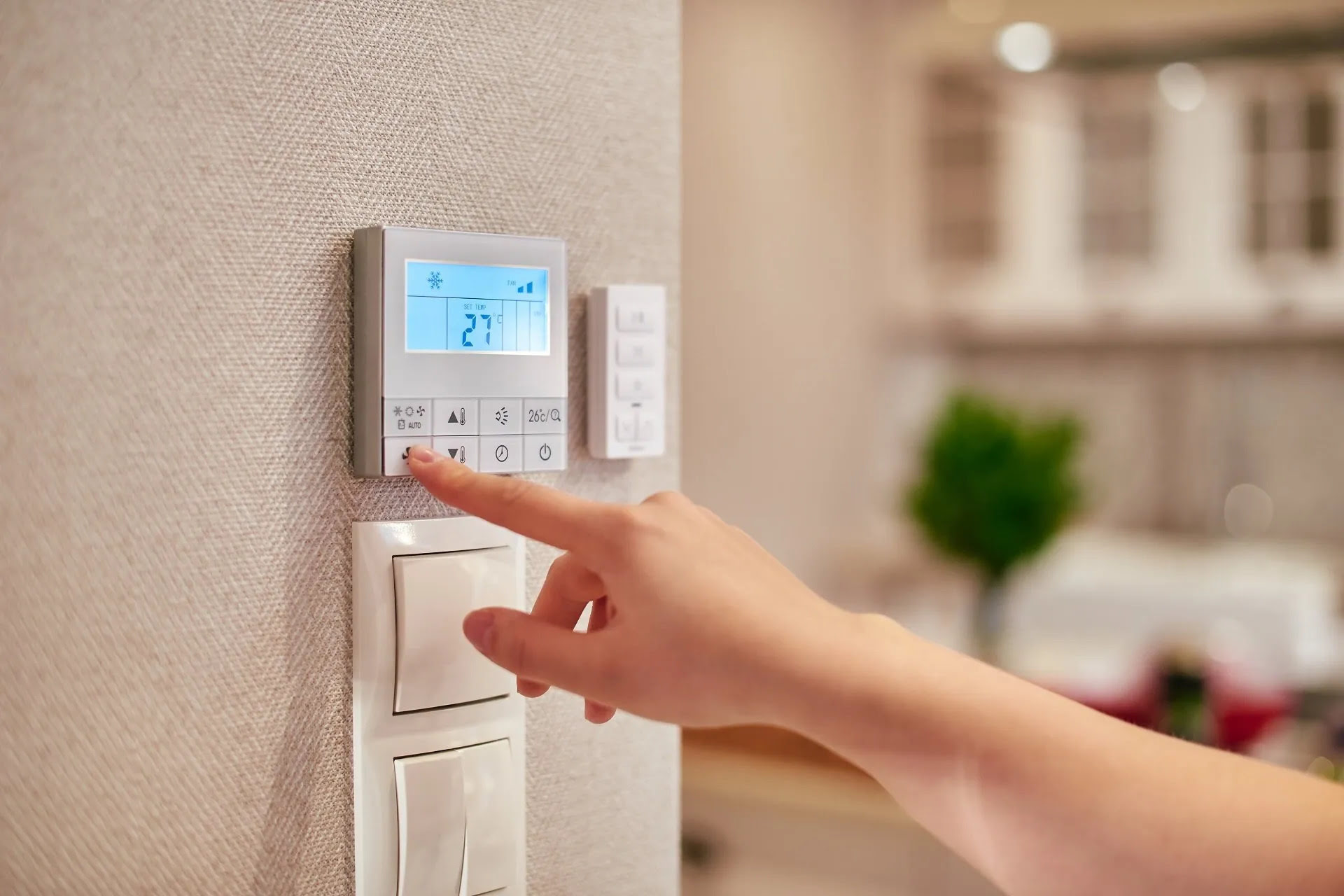
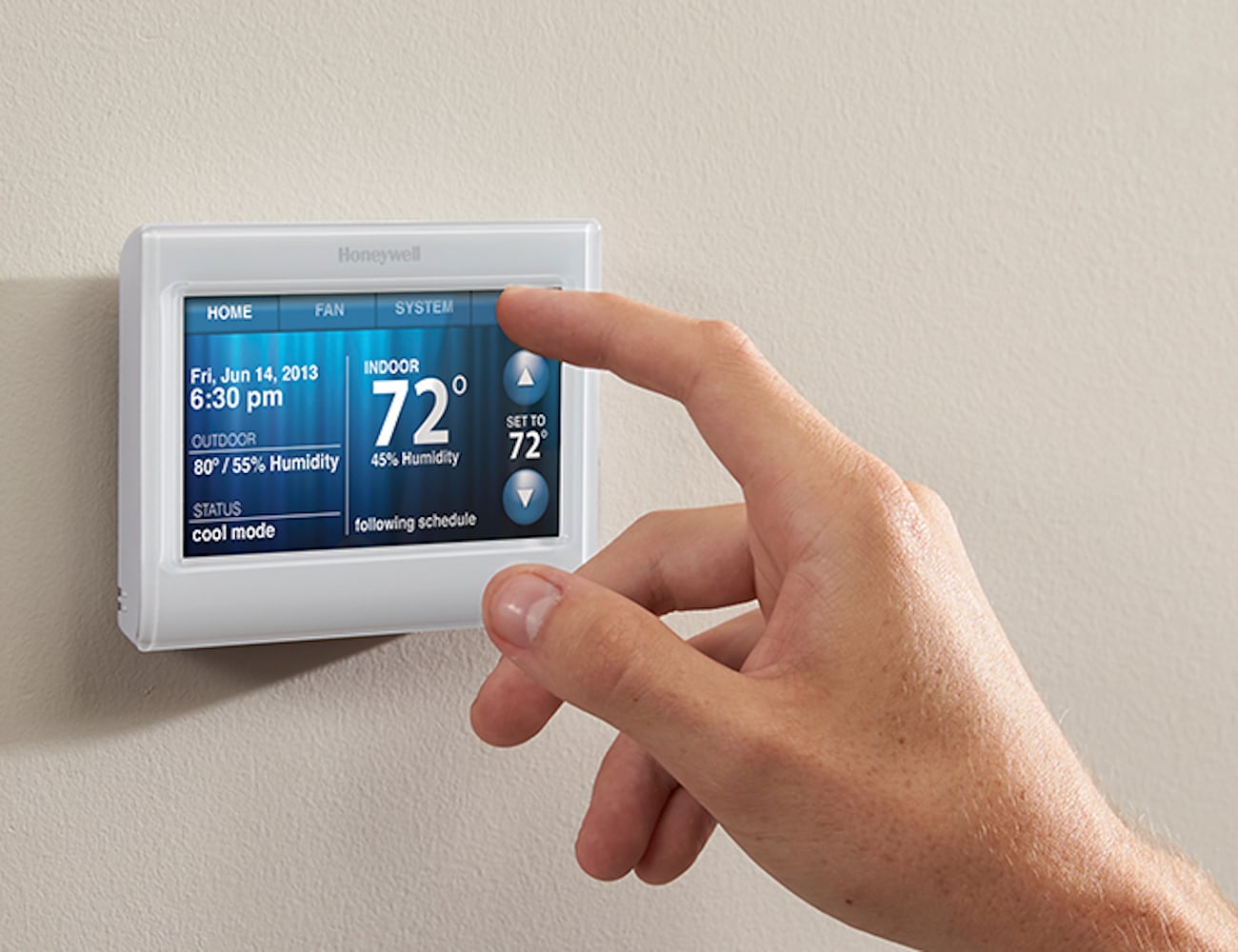
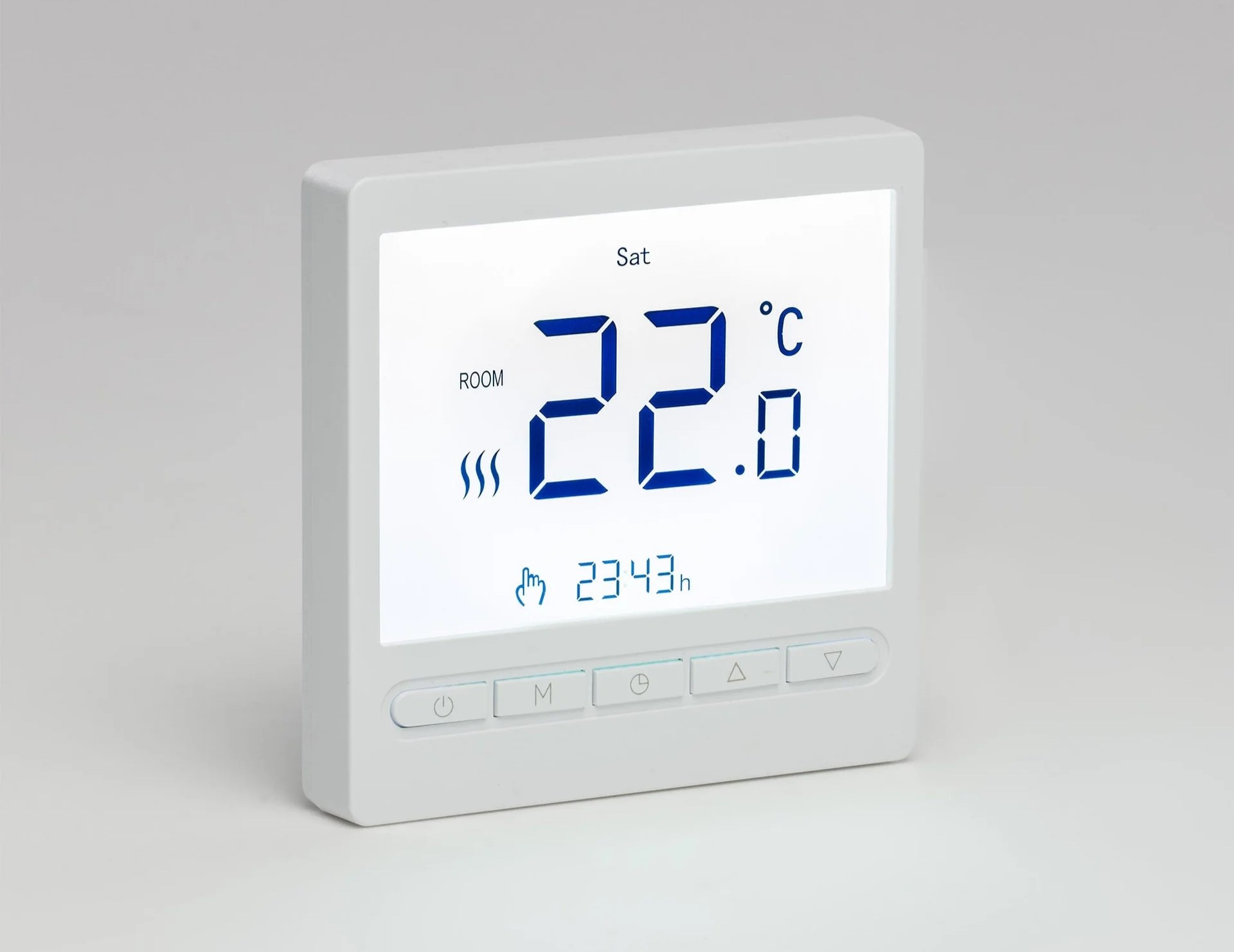
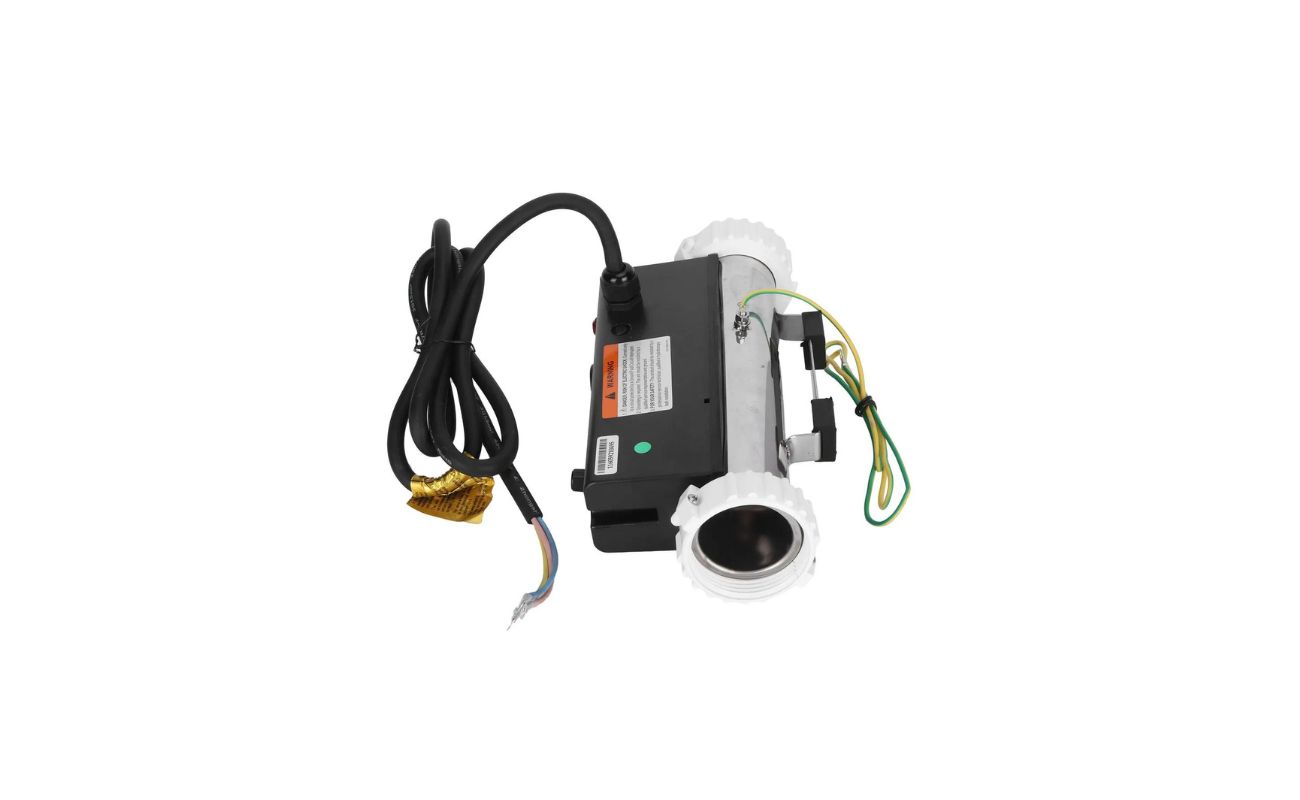
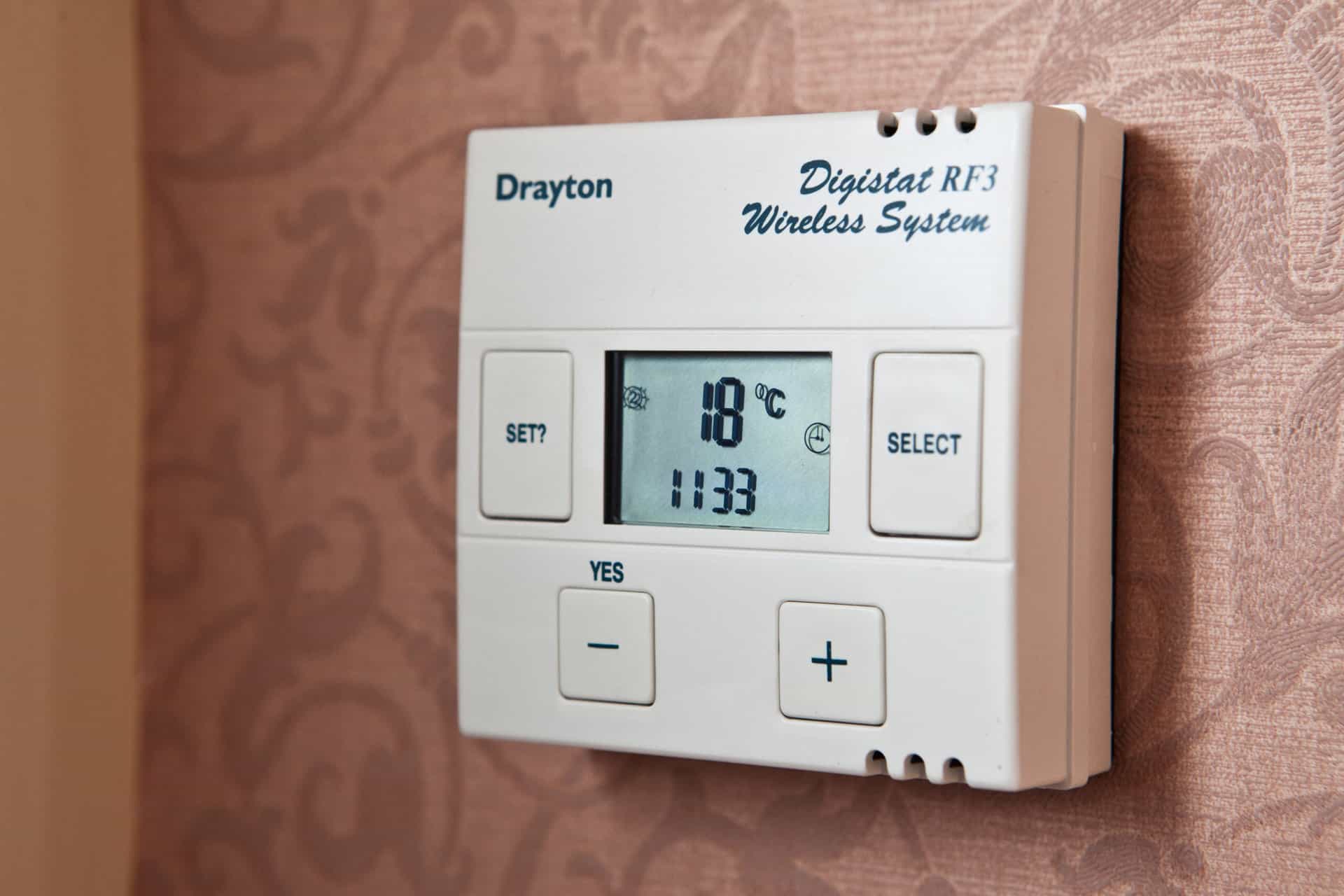
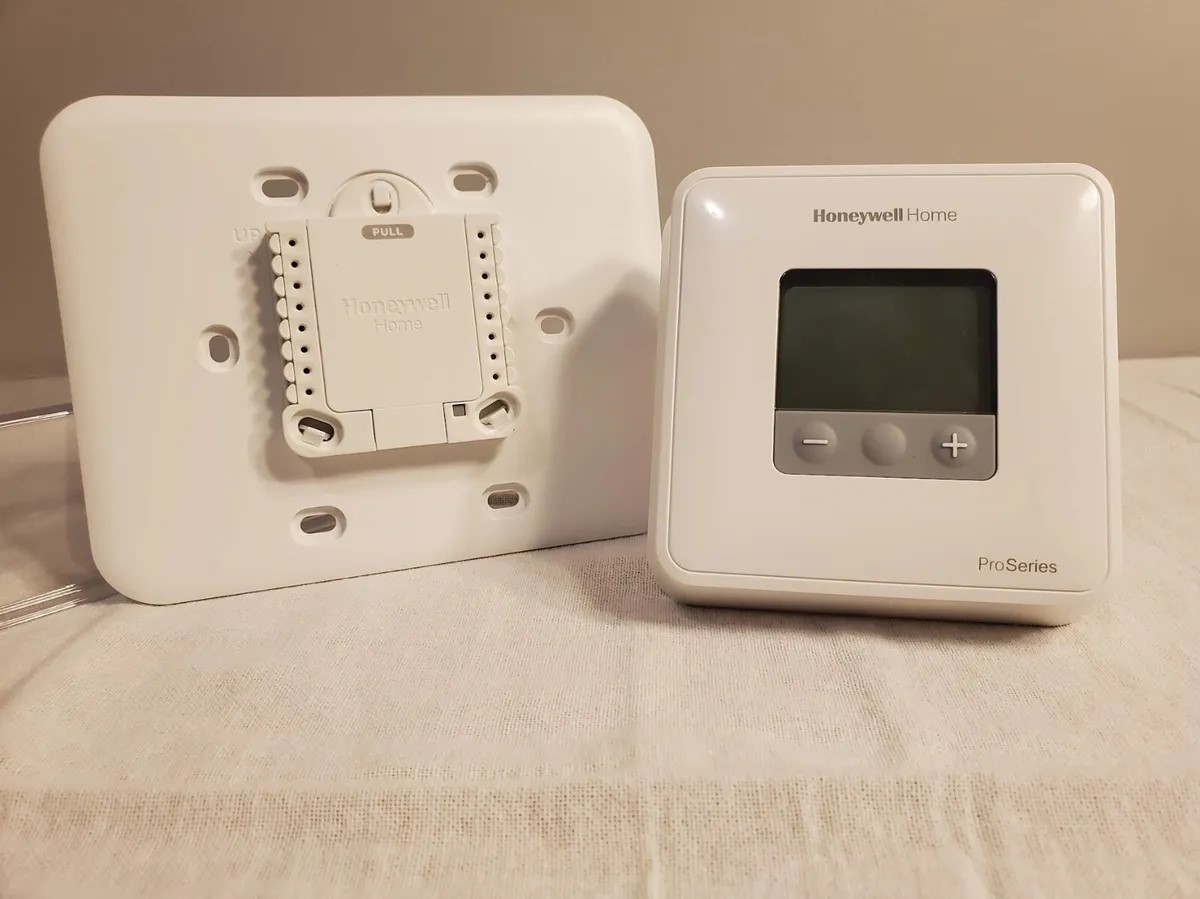
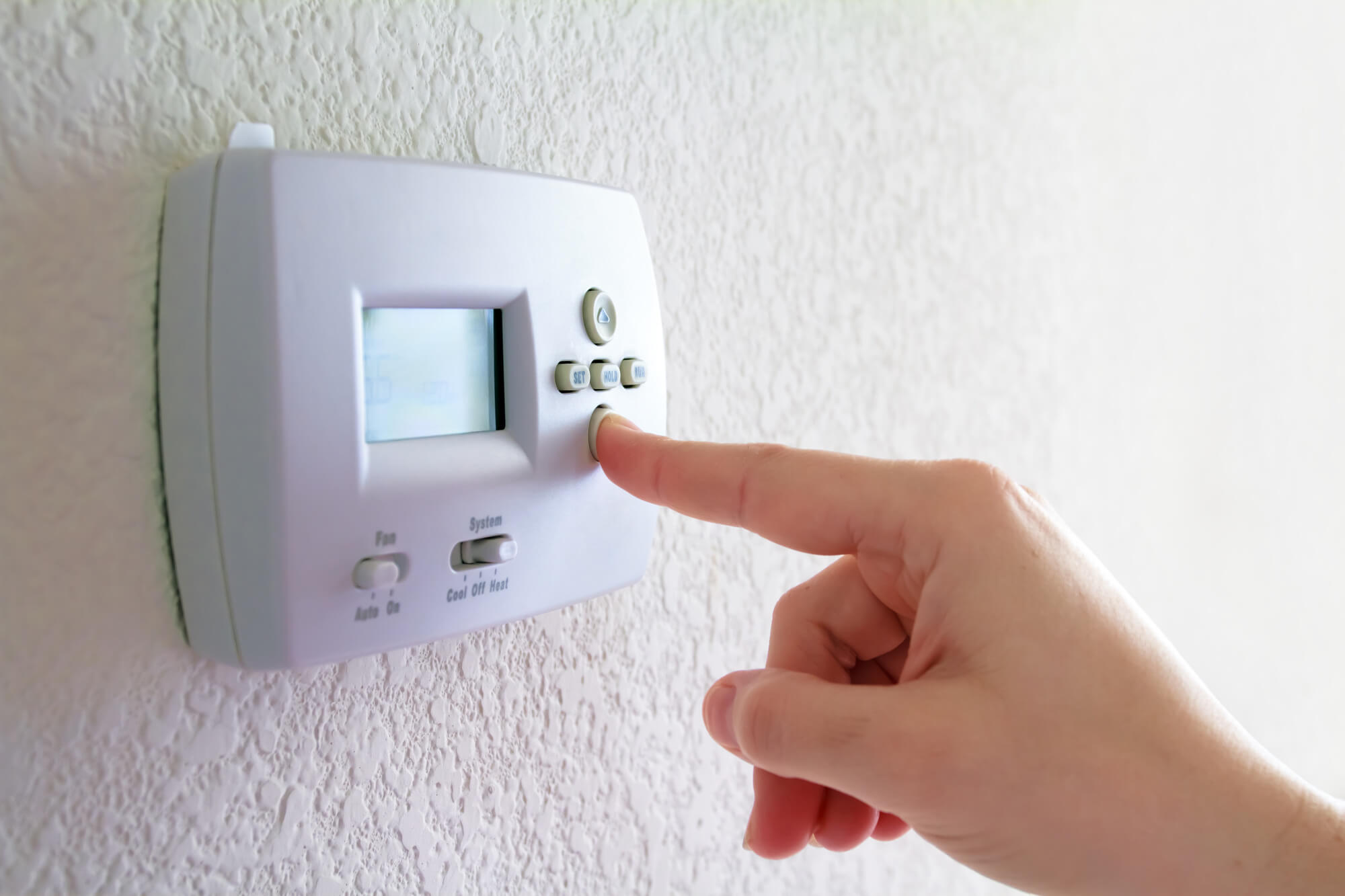
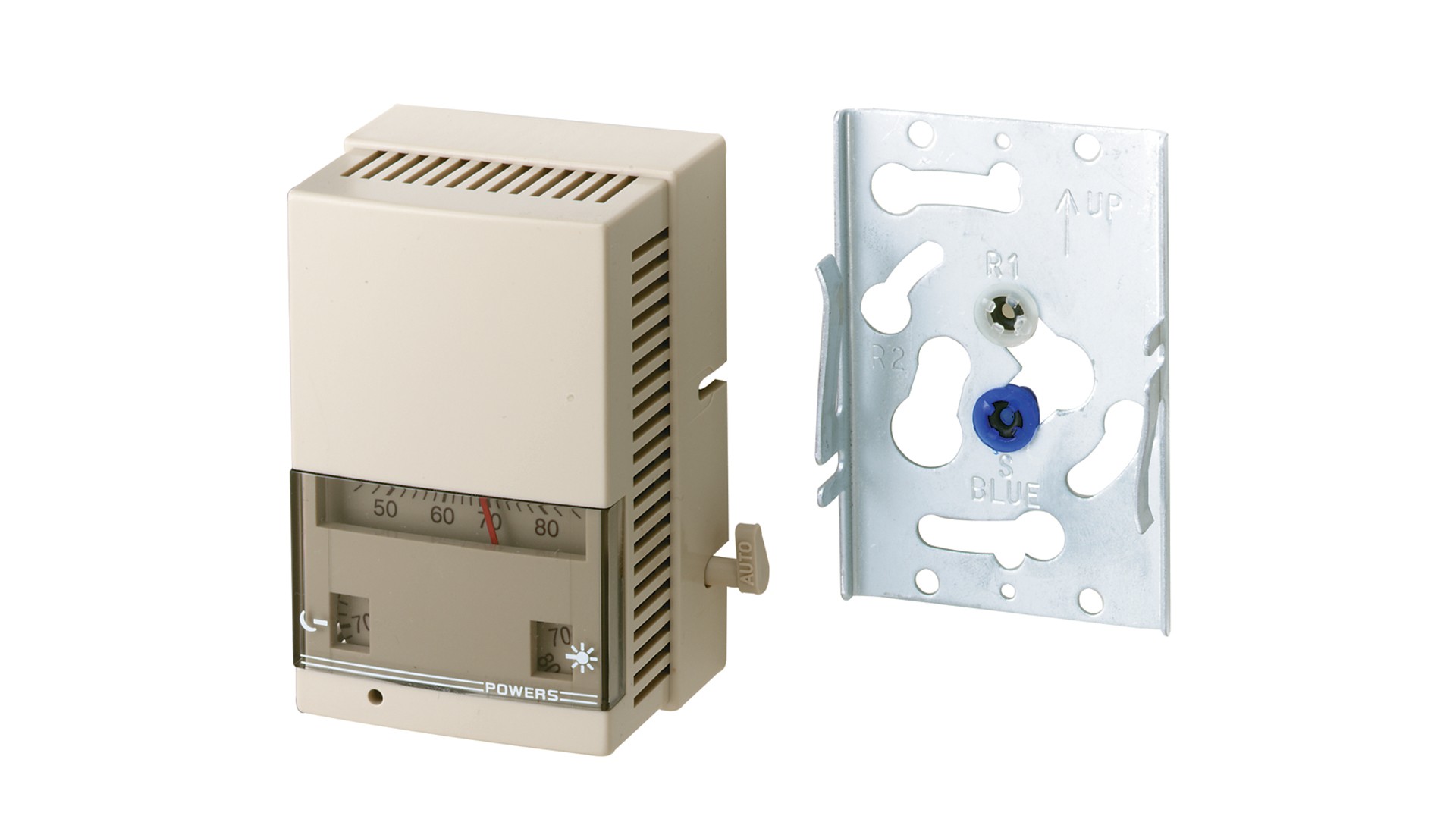
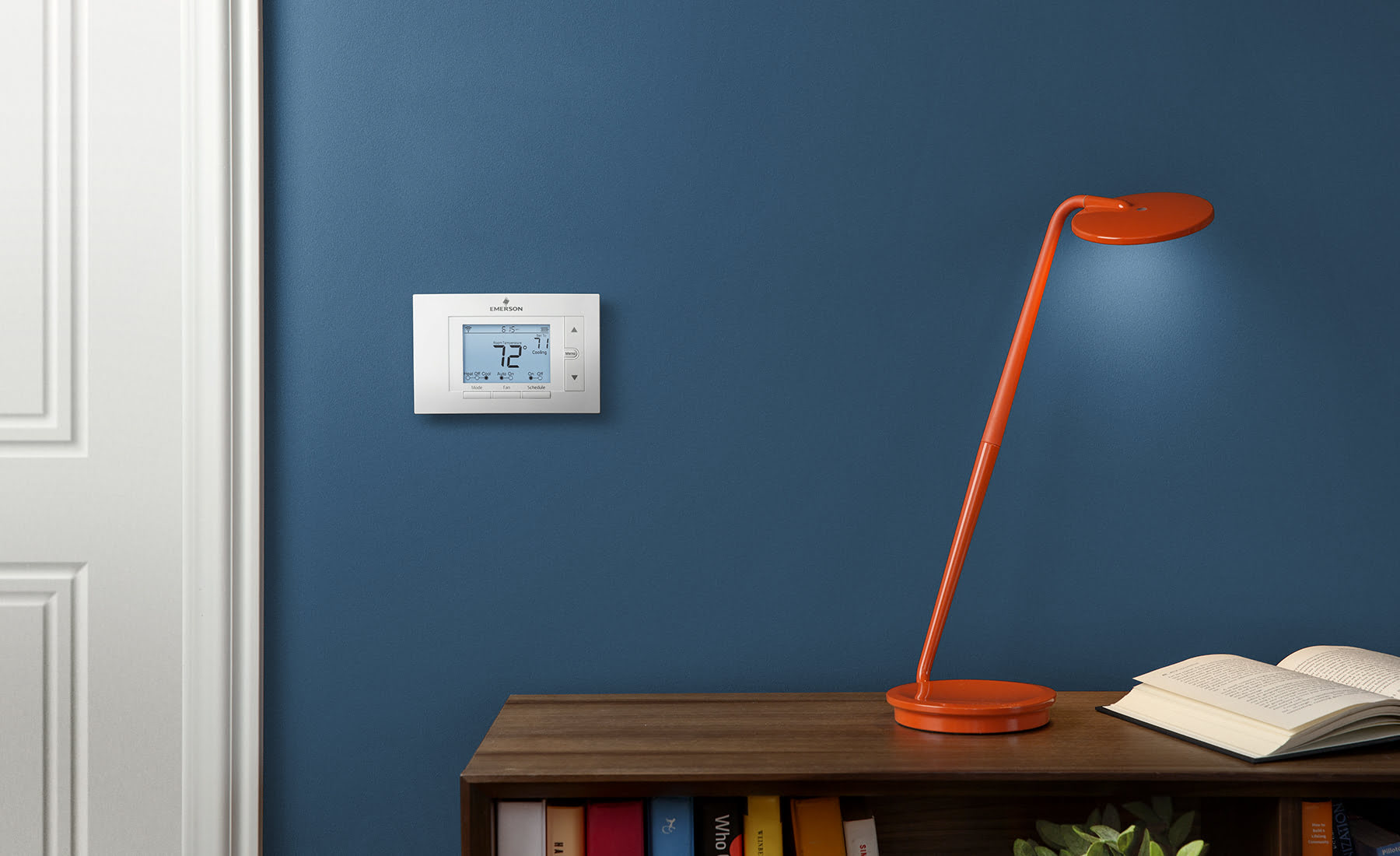
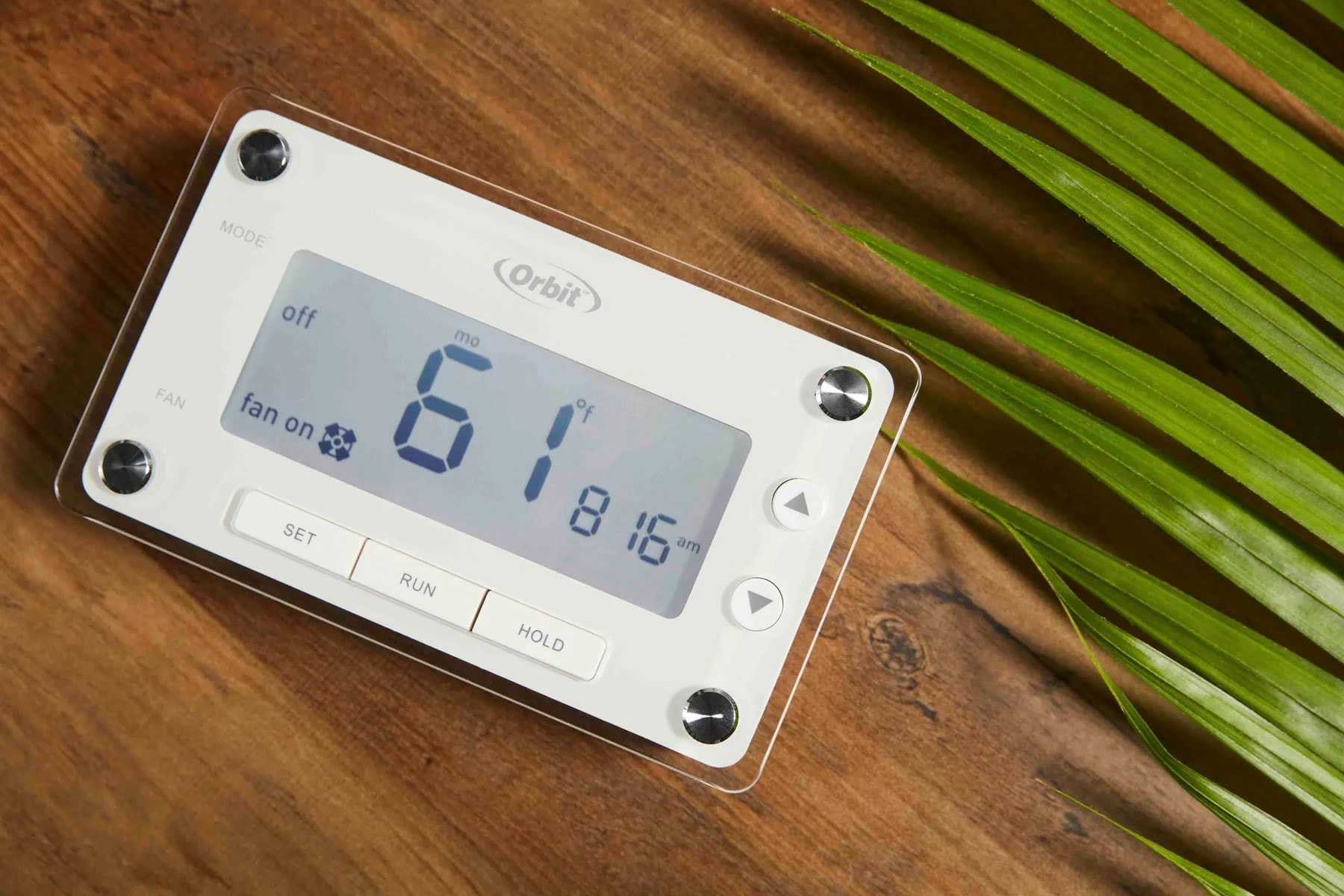
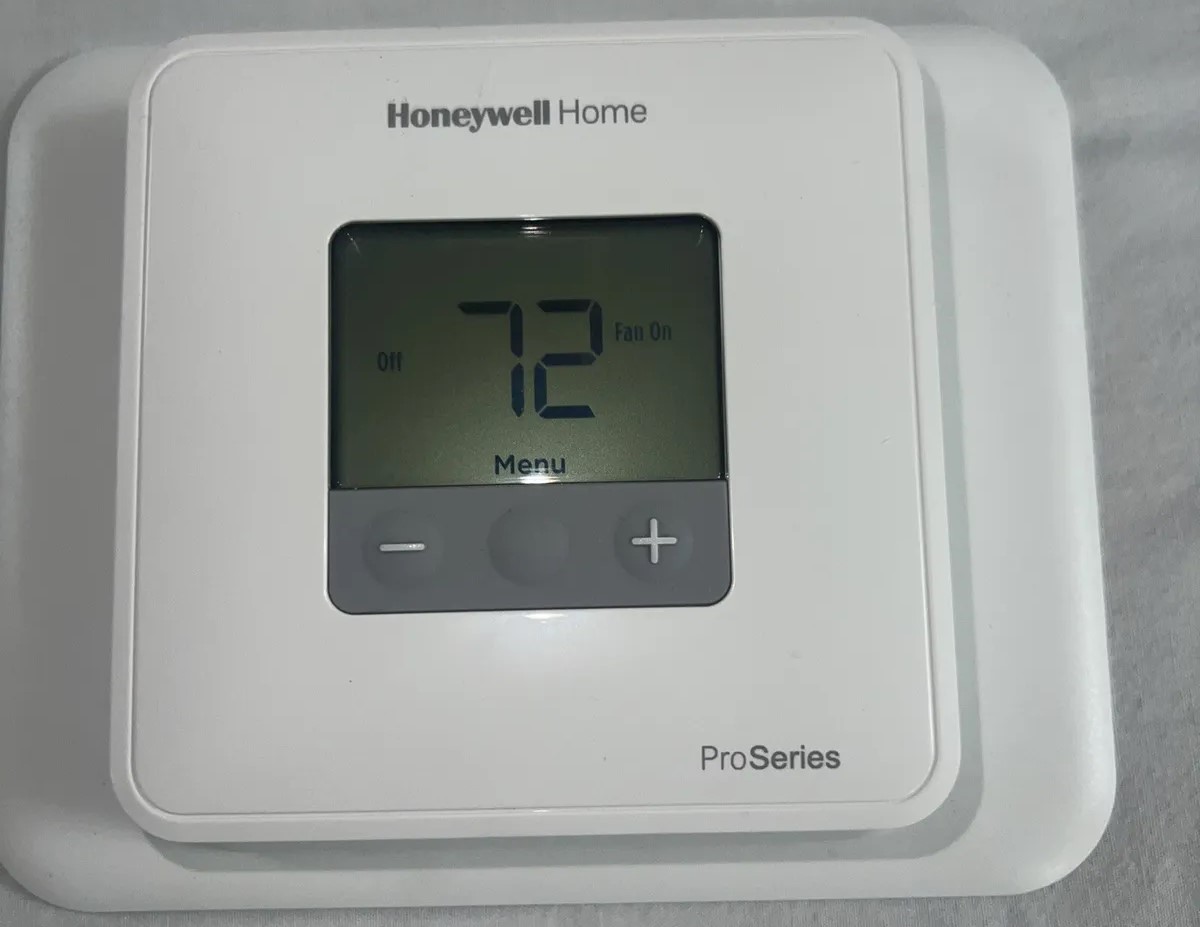

0 thoughts on “How Does A Programmable Thermostat Work”